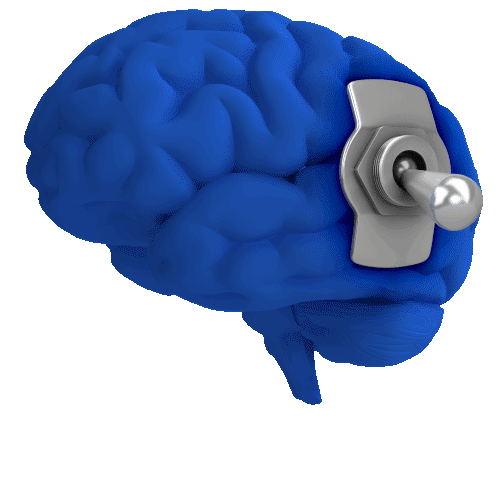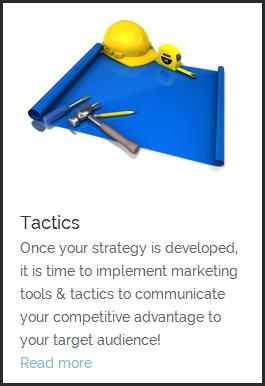 It’s important for marketers to study basic psychology because most buying decisions are motivated by the needs of Maslow’s hierarchy, which are psychological. People are rarely motivated to buy because of the basic needs of survival, such as hunger or the need for sleep, but most often because of the psychological needs of the upper four levels.
It’s important for marketers to study basic psychology because most buying decisions are motivated by the needs of Maslow’s hierarchy, which are psychological. People are rarely motivated to buy because of the basic needs of survival, such as hunger or the need for sleep, but most often because of the psychological needs of the upper four levels.
Advertisers Are After Your Emotions
People are influenced by a number of different factors when making purchasing decisions. Of course, they’re influenced by information and objective facts. But this objective information is often outweighed by emotional or psychological factors. Entire books have even been written about this.
Marketers and advertisers, who have put in a great deal of time and effort in studying buying behavior, have identified these emotional triggers.
A middle-aged man buys a gym membership, not because his doctor has recommended it or health tests have shown that he can reduce the risk of heart disease and other illnesses, but because he sees it as a new lease on life, a turning back of the clock to a younger self.
A young mother buys organic products that are essentially the same as the regular products on the shelves because for her, purchasing these goods is a decision for the environment, her children, and the future.
A teenager buys a pair of tennis shoes without doing any due diligence on the brand but simply because her favorite tennis player wears them and she imagines that she will play better with them.
A small business entrepreneur invests a great deal of money in a new content management system, partly because of the merits of the system, but mainly because she believes it will free up time and grow her business.
We buy because we want more time, better health, more self-confidence, improved appearance, more leisure or comfort, or what we perceive as a better life. We also buy to avoid taking risks, losing money, leaving ourselves vulnerable to threats, potential suffering, embarrassment or worry. We think our purchases will keep us up-to-date, make us likable or influential, or help us better express ourselves.
Each product meets a real need (if you’re ethical). But it also meets an emotional need. Cars are used to travel and their features can improve safety or fuel-efficiency. But your car also expresses your social status or makes you feel cool. Organic food does help mitigate our impact on the environment, but it also combats anxiety about potentially harmful chemicals. Mobile gadgets help you stay more connected and communicate better with your friends, but they also help you feel more futuristic. There is almost always an emotional component to even the most practical products we buy.
For example, if you’re a wine dealer, it may be a better strategy to emphasize a particular wine’s popularity or the awards it has won, rather than trying to educate your market on wine complexity. If you’re selling beauty products, you might choose to focus on how they give you confidence rather than their actual ingredients. A seller of gadgets might highlight how its products connect people and put them in touch with the future, rather than the actual features and improvements.
You’re not underestimating your customers or ‘dumbing-down’ your marketing. You’re simply meeting your customers halfway between the actual features and qualities of your products, and their psychological and emotional needs. You’re directly speaking to their needs or struggles.
When you understand where your products or services fit within your customer’s psychological and emotional needs, you can tailor your marketing approach and tactics. If you know at what point of Maslow’s pyramid they’re struggling, you can identify how your product helps them overcome their struggle or achieve what they want.
For example:
Physical: You could market a cheap meal or snack to people as something to help people get through the day and avoid hunger. A mattress dealer may emphasize the higher-quality sleep their product provides, which allows the customer to function better the next day.
Security: A car manufacturer might emphasize its car’s safety features rather than design or advanced features to fulfill its drivers’ need for security. Financial planning services help people get out from under debts and achieve financial freedom.
Social: Card or gift sellers help you maintain a good relationship with family or friends. A landscaping service or dealer of yard products helps you create the perfect space for entertaining, thus gaining you popularity in your neighborhood.
Esteem: Buying clothes by a certain clothing brand equals higher social status for you and makes you feel good about yourself. A real estate agency markets its upscale neighborhood as a way to move up in the world.
Self-Actualization: A course on self-improvement helps you achieve what you want in life. Donating to a charity organization makes you feel that you’re giving back and creating a better world.
Your customers’ position in the hierarchy will change over time, especially after major life events such as moving, losing a job, getting married, having kids, retiring, etc. When their position changes, your tactics need to change as well.
Since most products fulfill a variety of needs, most products can function at different levels. Let’s consider a car:
- At the security level, it provides safety for your family and gets you where you need to go.
- For the social level, the car brings the whole family together and lets you drive long distances to see friends and family.
- For those at the esteem level, a nice new car can make you feel good about yourself or earn you the envy of others.
- At the self-actualization level, the car is fuel-efficient, helping the environment and by extension making the world a better place.
The basic idea is to identify where your customers are and tailor your message to them by showing them how it meets these needs.
Learning Activity:
Review the hierarchy of needs again and now think about how your own products and services fit within the levels. What do you offer at each level?
The infographic below will help you begin to develop
your authority









